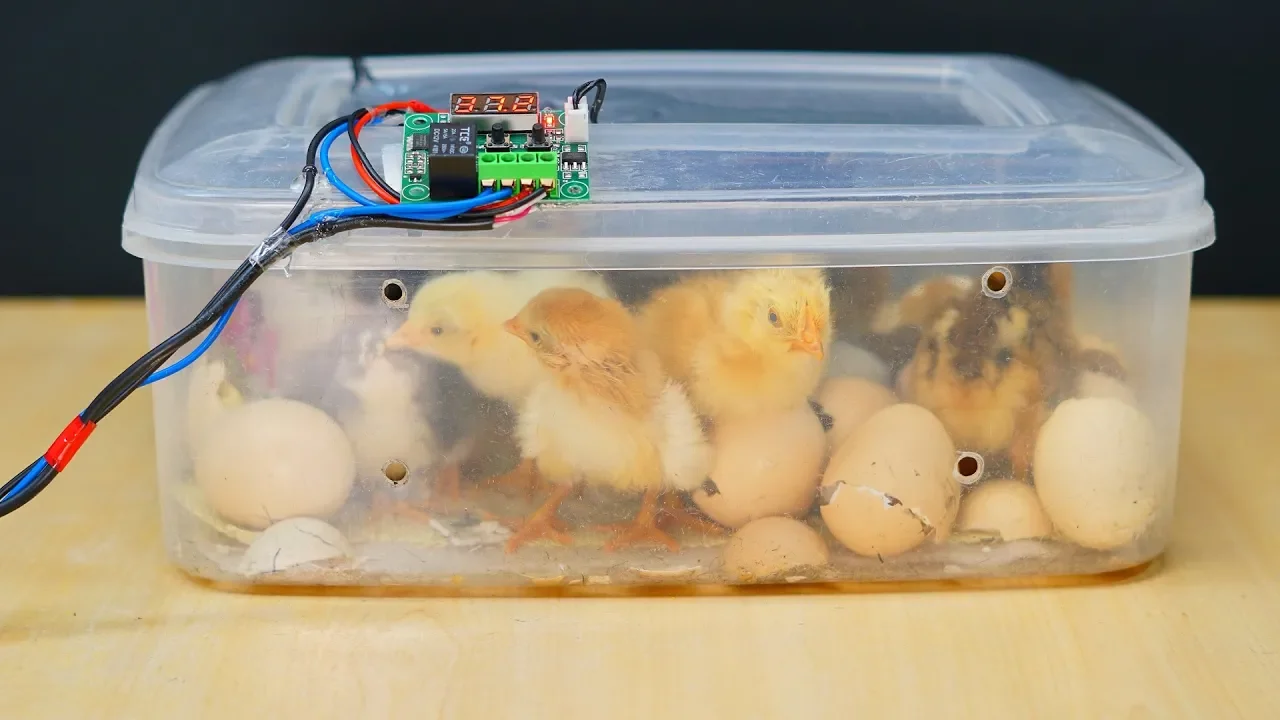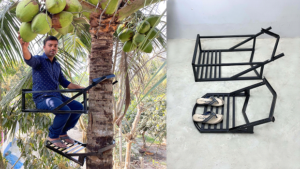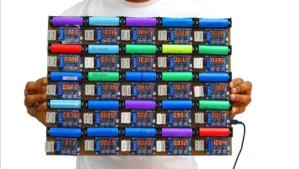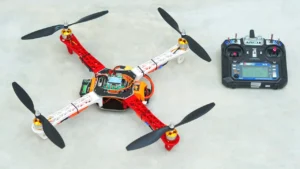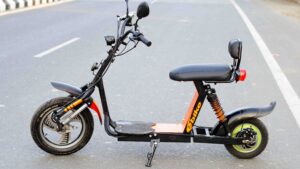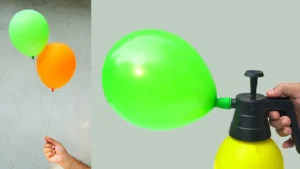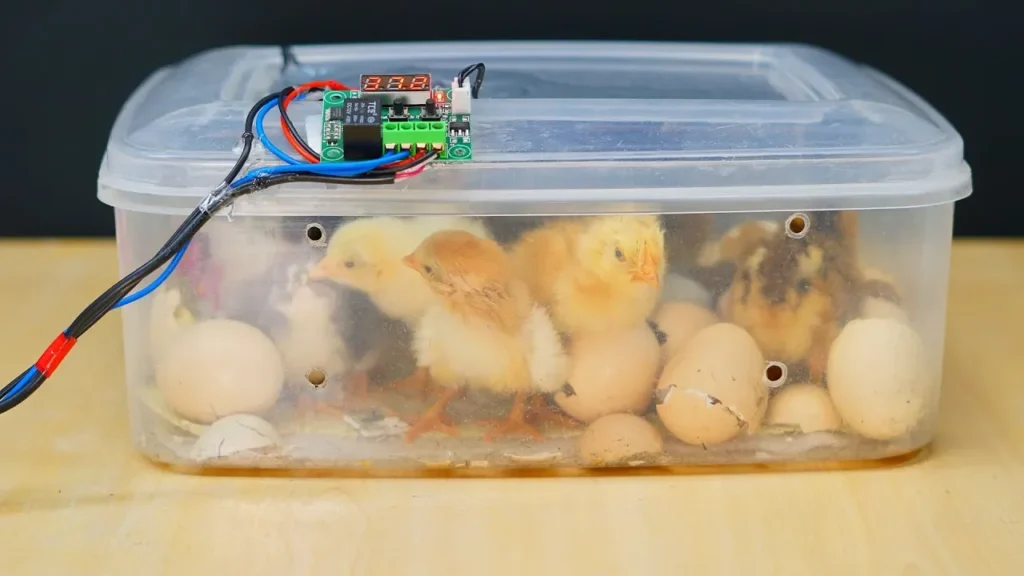
Poultry farming occupies an important place in business. Chicken meat and eggs are given special importance in our daily diet. Poultry meat and eggs are essential in maintaining nutritional balance. The demand for eggs and meat is increasing with population growth. Poultry farming is required on a large scale to fill up this demand. And the most important thing in this farming is the production of quality healthy chicks. Hatching a large number of chicken eggs requires a high-quality egg incubator capable of hatching a large number of eggs. Because a hen cannot hatch a large number of chicks at once. But many people also want to use the incubator to hatch a few eggs at home. Hatching a small number of eggs at home often requires a small incubator. If the hen is not used for hatching eggs, the hen may lay more eggs. For hatching time, a hen does not eat properly during those days. That is why he becomes weak. If her eggs can be hatched in a small incubator, she is healthy. And can lay more eggs. I have built such a small incubator. What materials are required to make this incubator, how it is made and its management method has been discussed in detail below.
Materials & Parts:
I had to collect several parts and materials to make this incubator. Each of these parts is essential in building the incubator. I bought some parts from the local market and some parts online. Below I have discussed in detail what the functions of the parts are, how to control them, and where I bought these parts from.
Plastic Container:
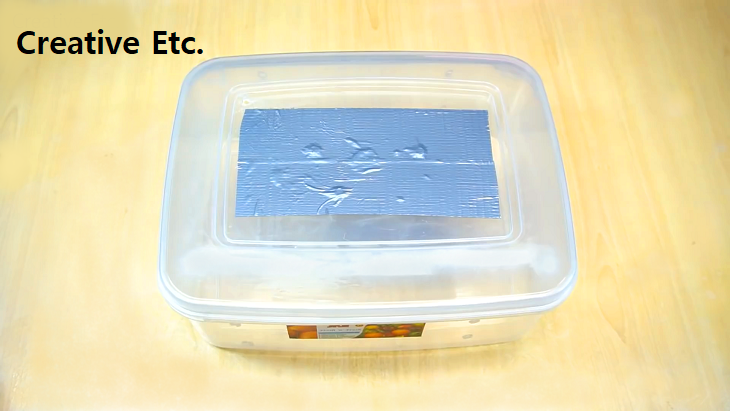
I used a plastic container to make this incubator box. This plastic container can be found in the local market. I bought it for Rs.50. Any other box can also be used in this case.
W1209 Digital Temperature Controller:
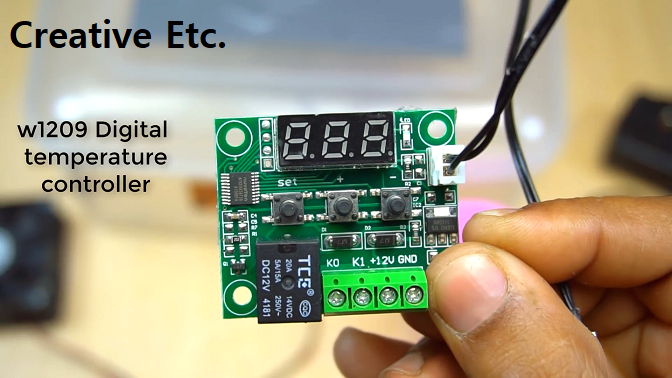
Egg hatching requires a specific temperature. Chicken eggs require a temperature of 37.2 degrees to 37.8 degrees Celsius for hatching. If the temperature rises or falls above this, the embryo inside the egg dies. That is why a temperature controller is required to maintain a certain temperature in the chamber of the incubator. I have used W1209 digital temperature controller here. I bought it online. Its price is 199 rupees.
Soldering Iron Heating Element:
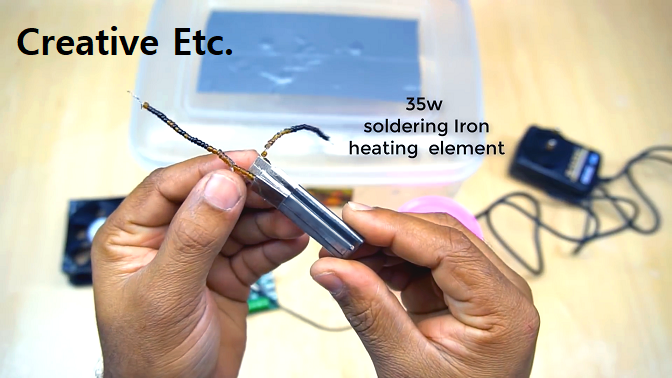
I used a soldering iron heating coil to heat the incubator chamber. Its heating element is 35 watts. It is available to buy in local markets and online. I bought it online. It costs 100 rupees.
12V DC Exhaust Fan:
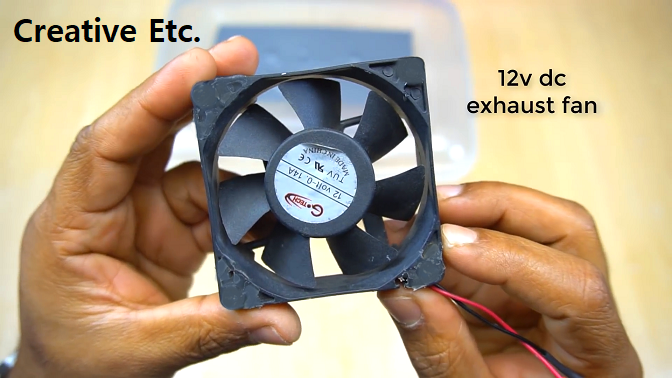
An exhaust fan is required to spread the heat generated by the heating coil evenly. For that, I used an exhaust fan of 12 volt. This fan is powered by DC power. This exhaust fan is available to buy in the local market and online. The price of this fan of 3.5-inch diameter is Rs. 150.
12V 1A Power Supply:
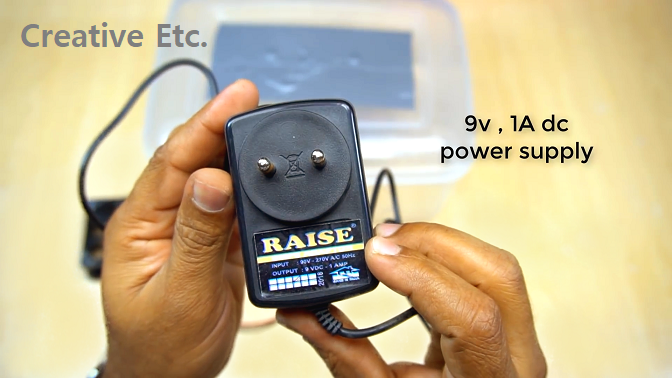
I used a 12-volt power supply to power the temperature controller and exhaust fan. I bought it from a local electric shop for 100 rupees. This type of power supply is also available online.
How to Make:
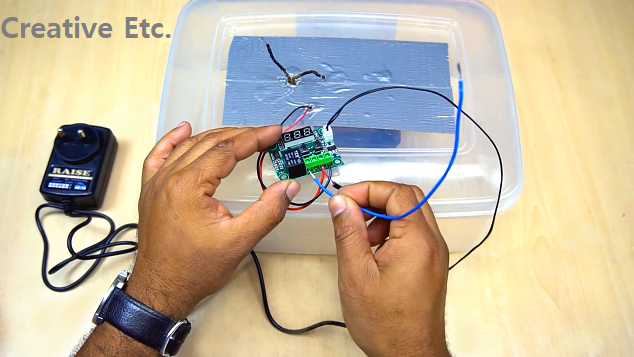
First, I fit the fan inside the plastic container. In this case, I used a glue gun. Then I fit the heating coil inside the container. I fit the temperature controller outside the container. Then I connected the exhaust fan and temperature controller with a 12-volt power supply. AC 220 volt power should be given to the heating coil. A wire should be connected heating coil and the temperature controller. If added like this, the heating coil will be turned off when the temperature rises. If the heat decreases again, the heating coil will turn on. In this way, the temperature inside the container will be limited to a certain limit.
The function of the Controller:
Egg hatching requires a certain temperature. The controller controls this The controller is the most important part of the incubator. It performs various functions. Its function is discussed below…
⦁ temperature: When the heating temperature drops, the controller turns the heating coil on and turns the heating coil off when that temperature is reached. Thus the chamber is kept at a fixed temperature.
Factors affecting hatchability:
Egg hatching requires some precautions. Otherwise, the hatchability is greatly reduced. I have discussed these points to get proper hatching.
⦁ Temperature: Keeping the incubator temperature at a certain level is very important for hatching. The optimum temperature in the chamber is 37.8 degrees Celsius. Temperature variations may occur for heating systems. But care should be taken, the temperature is not less than 37 degrees and not more than 38.8 degrees Celsius. If it is less than 37 degrees, there may be problems in the growth of the fetus and if it is more than 38.8 degrees, there is a possibility of death of the fetus.
⦁ Humidity: Humidity plays an important role in egg hatching in the incubator. For hen humidity in the incubator, the chamber should be kept at 50% to 55% from day 1 to 17, and the humidity should be increased to 70% from day 18 to 21. If the humidity is right it is very good and the baby comes out very well.
⦁ Turn the Egg: It is very important to turn the eggs every 4 to 5 hours.
Ventilation:
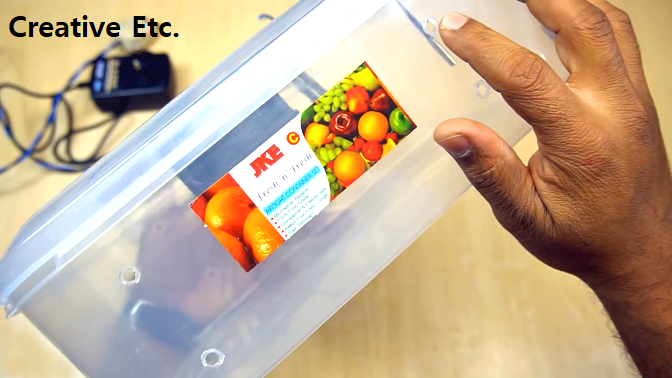
The embryo inside the egg needs oxygen to survive. The oxygen enters through the small holes on the eggshell. If there is a lack of oxygen inside the incubator, the embryo inside the egg dies. As there are many eggs side by side in the incubator. For each egg embryo to get enough oxygen, it is necessary to remove the carbon dioxide from the inside through the ventilation system and bring in fresh air from the outside. Care must be taken to ventilate as much as is necessary, otherwise, excess ventilation may reduce the internal humidity, causing the hatchlings to dry out and stick to the eggshell during hatching and may die before hatching. As a result, the eggs will not hatch.
· Infertile eggs should not be given to hatching.
· Healthy and strong parent chicken eggs should be collected for hatching.
· Rotten eggs will not produce good results for hatching.
· Eggs should not be stored in damp places

